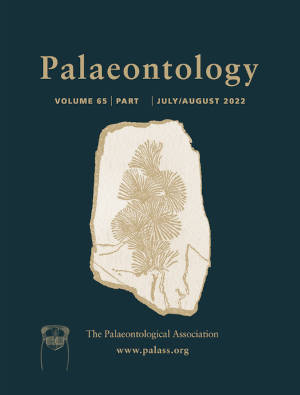Article: Human face-off: a new method for mapping evolutionary rates on three-dimensional digital models
Publication: Palaeontology
Volume:
65
Part:
1
Publication Date:
2022
Article number:
e12582
Author(s):
Silvia Castiglione, Marina Melchionna, Antonio Profico, Gabriele Sansalone, Maria Modafferi, Alessandro Mondanaro, Stephen Wroe, Paolo Piras, and Pasquale Raia
Abstract
Abstract Modern phylogenetic comparative methods allow us to estimate evolutionary rates of phenotypic change, how these rates differ across clades, and to assess whether the rates remained constant over time. Unfortunately, currently available phylogenetic comparative tools express the rate in terms of a scalar dimension, and do not allow us to determine rate variations among different parts of a single, complex phenotype, or chart realized rate variation directly onto the phenotype. We present a new method which allows the mapping of evolutionary rate variation directly onto three-dimensional phenotypes, informing on the direction and magnitude of trait change automatically. Implemented using the function rate.map embedded in the R package RRphylo, this method is based on phylogenetic ridge regression rate estimates. Since the latter represent ridge regression slopes, they possess sign and magnitude. In RRphylo, different rates are calculated for different districts of the phenotype, which can then be visualized directly onto the phenotype itself. We present the application of rate.map to the evolution of facial skeleton in Hominoidea, the primate clade inclusive of Homo and the greater apes (including living and fossil taxa). We found that the highly derived, unique shape of the face in modern humans evolved through rapid phenotypic changes affecting the nasal bones, the brow ridge and the maxillary region. The canine fossa, a facial feature unique to Homo sapiens, did not belong to a region of rapid phenotypic change, and could be seen as the by-product of midface evolution as suggested by previous studies.
